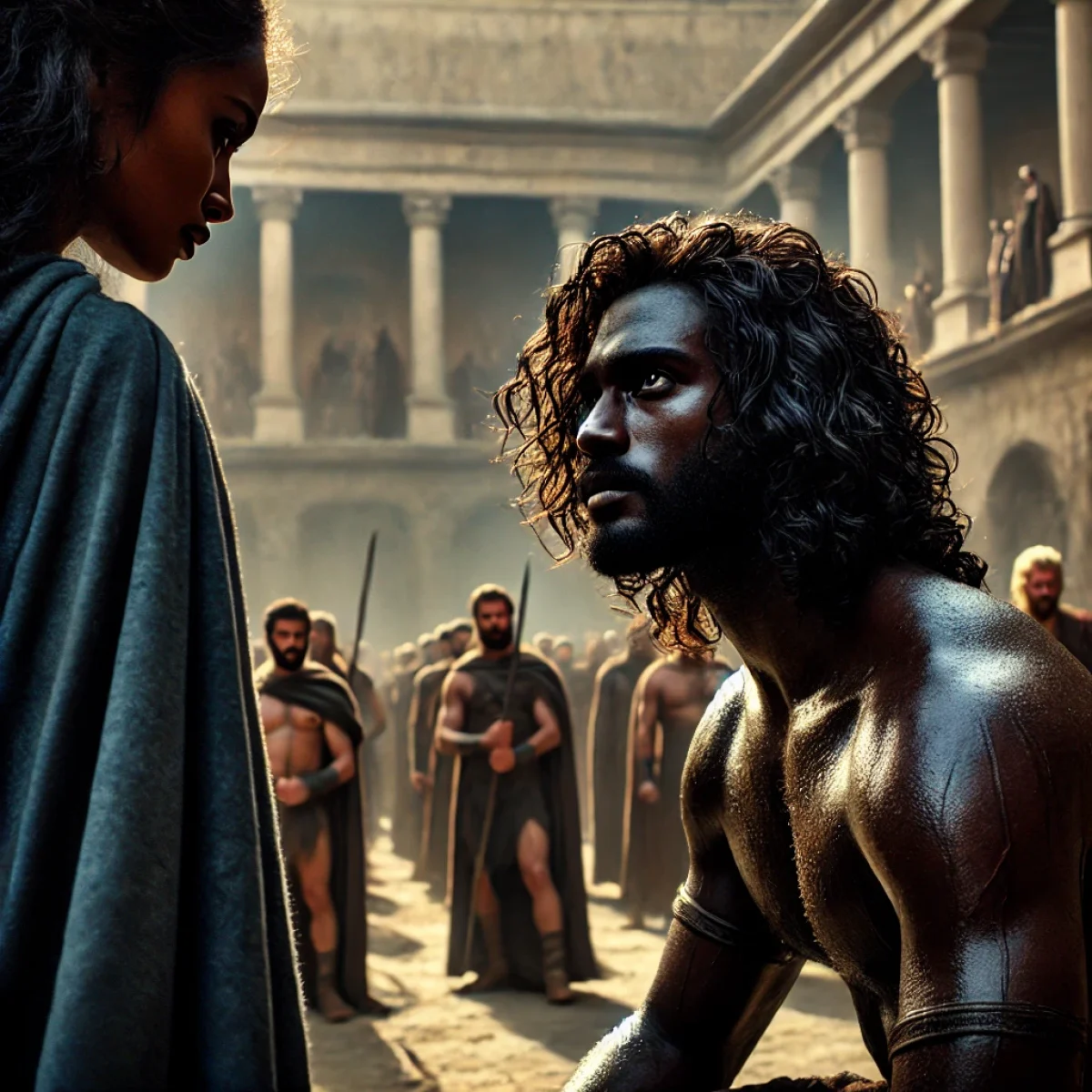Understanding The Universal Laws and The Cosmos Inside of You
A Journey into Consciousness, Energy, and Divine Wisdom
This book explores universal laws, human origins, and cosmic consciousness, bridging ancient wisdom with modern spiritual awakening. It unveils the Afrocentric origins of humanity, the hidden truths of Eden, and the energetic mechanics of existence.
Section 1: Foundations of Universal Understanding
The first section lays the groundwork for understanding the fundamental forces that govern the universe and how we interact with them.
- Introduction to the Cosmic Blueprint – Understanding the structure of reality and consciousness.
- The Hidden Knowledge of the Ancients – How ancient civilizations preserved sacred wisdom.
- Sacred Geometry and Universal Patterns – The mathematical language of the cosmos.
- Vibration, Frequency, and Energy Fields – How energy shapes our perception and experiences.
- Understanding the 6 Laws of the Universe – An introduction to the six key principles governing existence.
- The Law of Mentalism: All is Mind – How thoughts create reality.
- The Law of Correspondence: As Above, So Below – The connection between microcosm and macrocosm.
- The Law of Vibration: Everything Moves – The foundation of manifestation and resonance.
- The Law of Polarity: Duality and Balance – How opposites create harmony.
- The Law of Rhythm: Cycles of Life and Time – Recognizing the natural flow of energy.
- The Law of Cause and Effect: Karmic Balance – How actions influence future outcomes.
- The Law of Attraction and Manifestation – Applying universal principles to shape reality.
Section 2: The Lost Story of Eden & The Afrocentric Genesis of Humanity
This section uncovers the true origins of humanity, the hidden wisdom of Eden, and Africa’s central role in early civilization.
- Eden’s True Origins – Unveiling the lost story of humanity’s beginnings.
- The Afrocentric Genesis: Birthplace of Civilization – Understanding Africa’s role in human origins.
- Sacred Lands: The Original Garden of Eden – Exploring possible historical and metaphysical locations.
- The Spiritual Science of Early Humanity – The advanced knowledge of early African civilizations.
- Genetic Memory and Ancestral Knowledge – How DNA carries spiritual and historical imprints.
- The Serpent and The Tree of Knowledge – Decoding the symbolism of wisdom and enlightenment.
- The Fall of Man: A Metaphysical Perspective – Understanding humanity’s descent from higher consciousness.
- The Divine Feminine and Masculine in Eden – Restoring the lost balance of cosmic energies.
- How Colonization Erased Eden’s True Story – Uncovering historical distortions and lost knowledge.
- Reclaiming the Ancestral Legacy – How to reconnect with our true spiritual heritage.
Section 3: The Cosmos Within
This section explores the connection between the human body and the universe, unveiling our divine potential.
- The Human Body as a Microcosm – How the body mirrors cosmic principles.
- The Chakras and Energy Centers – Unlocking the power of internal energy channels.
- DNA Activation and Spiritual Awakening – The hidden codes within our genetic blueprint.
- The Pineal Gland: Gateway to Higher Realms – Tuning into the third eye and cosmic wisdom.
- The Role of Breath and Sound in Consciousness – Using pranayama and frequency for balance.
- Sacred Fluids: Kundalini and the Christ Oil – The hidden journey of cerebrospinal energy.
- Understanding Light Codes and Downloads – Receiving higher intelligence through energetic shifts.
- The Cosmic Language: Symbols and Synchronicities – Interpreting messages from the universe.
- Dreams as Portals to Other Dimensions – Navigating astral realms and subconscious messages.
- Meditation and Inner Alchemy – Techniques for transmuting energy and elevating consciousness.
Section 4: The External Universe and Its Influence
This section explores the cosmic forces shaping our reality and their impact on human evolution.
- The Multiverse and Parallel Realities – Understanding dimensions beyond our perception.
- Time is an Illusion: Past, Present, and Future – Breaking free from linear time.
- Celestial Bodies and Their Impact on Consciousness – Planetary influences on human energy.
- The Sun, Moon, and Planetary Energies – Their role in personal and collective evolution.
- Sacred Mathematics and the Fabric of Reality – How numbers and ratios encode divine intelligence.
- Ancient Civilizations and Cosmic Connections – Hidden truths about Lemuria, Atlantis, and Kemet.
- Star Beings and Galactic Lineages – Understanding extraterrestrial influence on humanity.
- Portals, Stargates, and Dimensional Travel – Unlocking access to higher consciousness.
- The Power of Symbols and Sigils – Using sacred symbols for manifestation.
- Hidden Agendas and Cosmic Deception – How perception is manipulated and how to break free.
Section 5: Mastering Personal and Collective Reality
This final section provides practical tools to master spiritual sovereignty and contribute to collective awakening.
- Programming the Subconscious Mind – Rewiring thoughts for optimal creation.
- Manifestation and the Law of Attraction – Practical techniques for shaping reality.
- Reclaiming Sovereignty Over Your Energy – Protecting your spiritual essence from external influences.
- Alchemy and the Process of Transformation – Turning base consciousness into divine awareness.
- The Role of Water in Consciousness – How water stores and transmits energy.
- Emotions as Energy in Motion – Mastering feelings for spiritual evolution.
- The Hidden Power of Language and Sound – How words and frequencies shape experiences.
- Living in Harmony with the Universal Laws – A practical guide to applying universal wisdom daily.
Final Thoughts:
This book is more than just an exploration of spiritual and cosmic principles—it is a guide to self-mastery and awakening. It unveils the hidden truths about human origins, the Afrocentric genesis of humanity, and the universal laws that shape existence. It is an invitation to reclaim knowledge, align with cosmic order, and step into a higher state of awareness.








